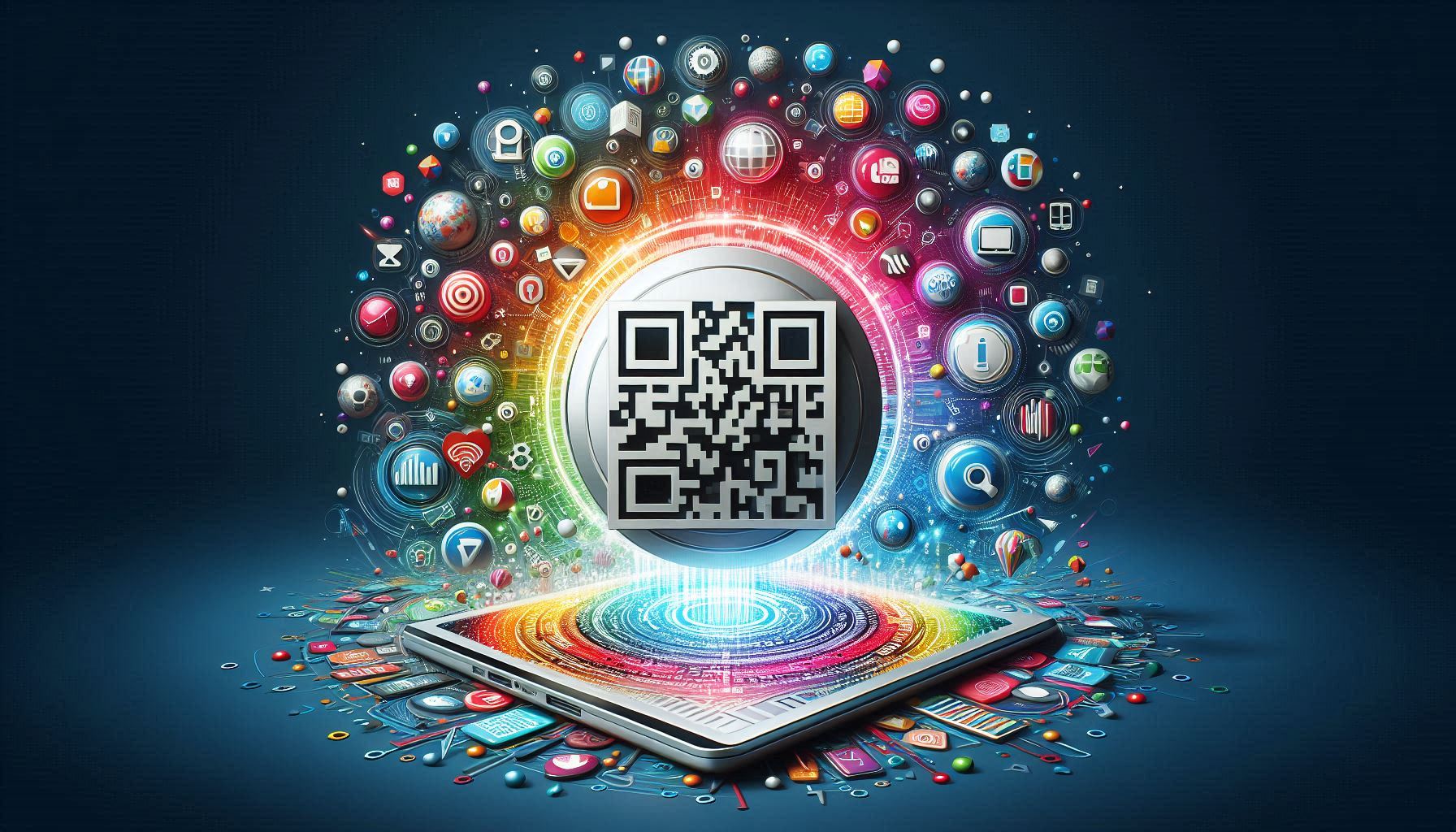A QR code (Quick Response Code) is a type of two-dimensional barcode developed for fast data reading.
A QR code (Quick Response Code) is a type of two-dimensional barcode developed for fast data reading. It was first created in 1994 by Denso Wave, a Japanese company, for the automotive industry. Over time, its popularity grew, and today it is used in almost every industry.
Basic Structure and Working Principle of QR Codes
QR codes consist of a series of black-and-white squares designed in a square shape, which can store information such as text, URLs, phone numbers, and email addresses. These codes can be easily scanned with a special QR code reader or a smartphone camera, allowing quick access to the stored information.
QR codes can store much more data than standard barcodes. While a regular barcode uses only horizontal lines, QR codes contain data both horizontally and vertically. Therefore, they can store much more information in a small space.
Where are QR Codes Used?
QR codes are used in various sectors, providing significant convenience to both businesses and users. Here are some common use cases:
- Advertising and Marketing: QR codes can be used in magazines, posters, product packaging, or storefront windows. Consumers can scan the QR codes with their smartphones to easily access more information about the product, promotions, or discounts.
- Payment Systems: QR codes are widely used in digital payments. Especially in mobile payment apps, you can quickly make payments by scanning a QR code.
- Events and Ticketing: Concerts, events, or movie tickets offer digitalized tickets via QR codes. Participants can scan the QR code upon arriving at the event venue to quickly validate their tickets.
- E-commerce and Websites: QR codes are commonly used in e-commerce to provide links to products or promotional codes. Users can easily navigate to product pages or payment screens simply by using their smartphones.
- Personal Information and Contact: QR codes can also be used to store personal information. For example, a person’s business card details can be embedded into a QR code and quickly shared with others.
How to Read a QR Code?
Reading a QR code is very simple. Today, many smartphones can scan QR codes directly using their cameras. There is no need to download a special QR code reader app. Just point the camera at the QR code, and you can instantly click the link that appears on your phone's screen.
Advantages of QR Codes
- Quick Access: QR codes allow users to quickly access written content.
- Easy Sharing: They make it easy to transition from physical materials to digital information.
- High Data Capacity: They can store much more information than other barcode systems.
- Advanced Traceability: QR codes allow tracking user interactions, which helps analyze marketing activities.
Conclusion
QR codes have become one of the most widely used tools in the digital world today. With advantages like fast data sharing and easy access, they make life easier for users in many fields. They are incredibly practical and beneficial for both personal and commercial uses.
The importance of QR codes is growing, so using them to speed up your business processes and offer better service to your customers is now possible.
